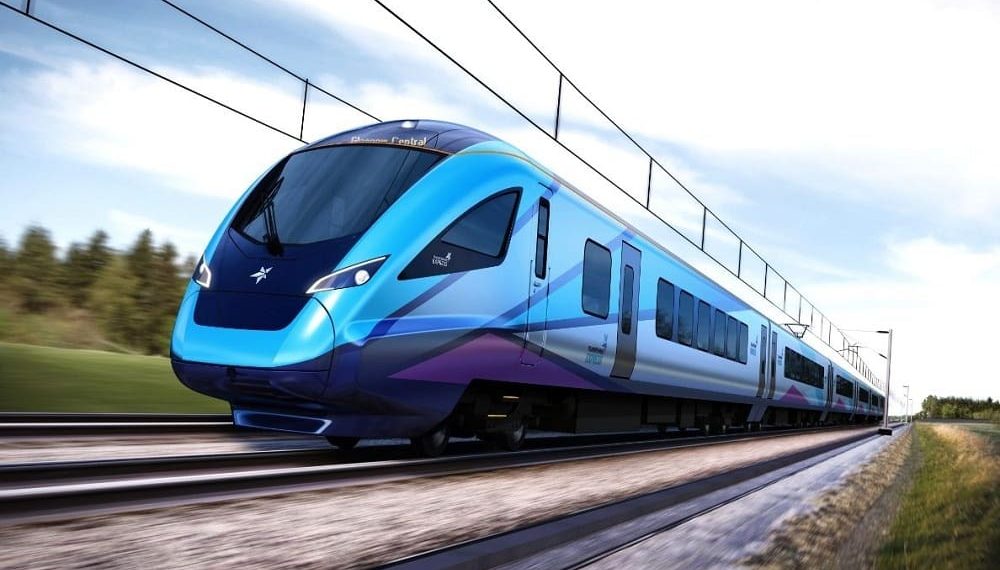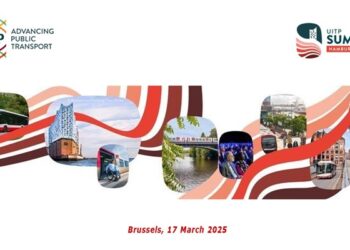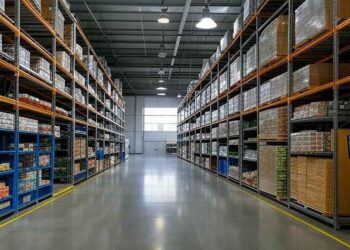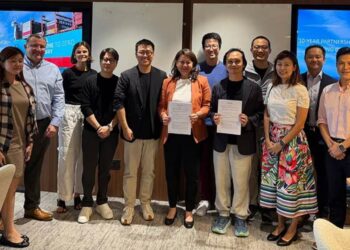Within the European research project Safe4RAIL-2, Liebherr-Transportation Systems is working intensively with seven consortium partners on the development of the next-generation Train Control and Monitoring System (TCMS). The aim is to define new train standards and pave the way for deterministic communication as well as secure and interoperable connections, while increasing the efficiency and safety of TCMS. Pioneering methods and tools for model-based development in the railway industry are being coordinated and implemented.
Liebherr-Transportation Systems GmbH & Co KG, based in Korneuburg (Austria), is working on the “Functional Distributed Framework” (FDF) as part of the European research project Safe4RAIL-2 (SAFE architecture for Robust distributed Application Integration in roLling stock-2), which aims to enable the execution of different software applications on a train control and monitoring system in modern trains. A Liebherr air conditioning system is to be implemented in this FDF, and will be used to show whether subsystem suppliers such as Liebherr will be able to install and run their own air conditioning control software directly in the train control system. This would make it possible in future to dispense with external, different control units and simplify the integration of the subsystems into the next generation of trains.
In accordance with the supplementary action project CONNECTA-2, a consortium of Alstom, Bombardier, Deutsche Bahn, CAF, Siemens and SNCF, the Liebherr air conditioning system is run on two different FDF implementations: on the one hand, on the basis of the AUTOSAR Adaptive Platform, a development environment that will also be used in the automotive industry, and on the other hand, on the basis of a proprietary development environment in the same given FDF interfaces and according to the predefined data protocol.
Pioneering methods for development in the railway industry
A further focus of Safe4RAIL-2 and its consortium partners is the coordination and implementation of pioneering methods and tools for model-based development in the railway industry: various subsystems of a train – including, for example, the modular MACS 8.0 air conditioning unit from Liebherr – are mapped on the computer in simulation models and virtually linked to the overall train system in a simulation environment at the car manufacturer’s premises. This makes it possible to validate the correct interaction of different hardware and software systems on the computer at an early stage, even before cost-intensive hardware is built (Model in the Loop: MiL and Software in the Loop: SiL).
In the further course of development, the virtual model of a subsystem can be replaced by the physically built unit in the simulation environment in order to carry out further tests with the real hardware (Hardware in the Loop: HiL). However, the subsystem, i.e. in this example application the air conditioning unit, does not have to be physically transported to the location of the car manufacturer, but can be operated directly in the test environment of the respective manufacturer in real time via the Internet, thanks to the remote access that has been developed.
As a demonstration example in the project, the car manufacturer CAF can control, from its own premises in Spain, the MACS 8.0 air conditioning unit including a test environment at the Liebherr site in Korneuburg (Austria) and test various operational cases in interaction with other systems on the train – some of which are still virtual, while others already exist as hardware.
The advantages of this approach are obvious: time savings and the reduction of train development costs while increasing the competitiveness of the European railway industry.
About Safe4RAIL-2
Safe4RAIL-2 (SAFE architecture for Robust distributed Application Integration in roLling stock-2) is an European research and development project which runs under the umbrella of the European Horizon 2020 Shift2Rail Joint Undertaking and is limited to 31 months. Safe4RAIL-2 is driven by a well-balanced, European consortium composed of six industrial partners (including SMEs and large companies), one research institution and one academic partner providing their expertise from the automotive, aerospace and railway sector in order to create synergies with existing and emerging concepts and technologies. The members are: Ikerlan S Coop (Spain), Technikon Forschungs- und Planungsgesellschaft mbH (Austria), TTTech Computertechnik AG (Austria), Moxa Europe GmbH (Germany), Westermo Teleindustrie AB (Sweden), Eurecom (France), ETAS GmbH (Germany) und Liebherr-Transportation Systems GmbH & Co KG (Austria).


































